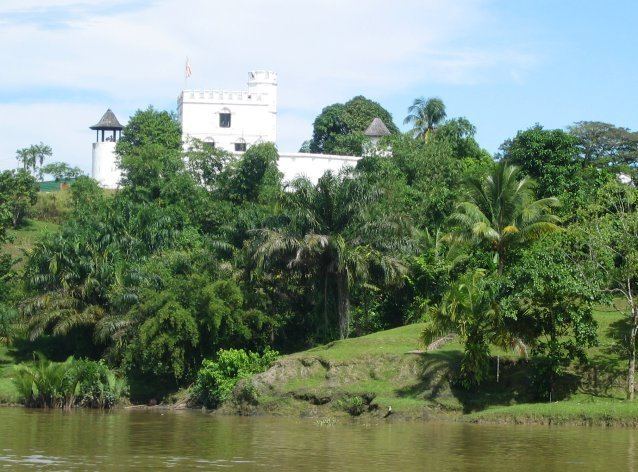Name Margaret Brooke | Died 1936 | |
 | ||
Children Charles Vyner Brooke, Bertram Willes Dayrell Brooke Books My Life in Sarawak, My Life in Sarawak - Scholar's Choice Edition, Good Morning & Good Night Grandchildren Anthony Walter Dayrell Brooke Similar People Charles Brooke - Rajah of, Charles Vyner Brooke, Anthony Walter Dayrell Br, Reginald Brett - 2nd Viscount, William of Wykeham | ||
Margaret, Lady Brooke, Ranee of Sarawak (1849 – 1936) was queen consort of the second White Rajah of Sarawak, Charles Anthony Johnson Brooke. She published her memoir, My Life in Sarawak, in 1913. The memoir offers a rare glimpse of life in The Astana in Kuching and colonial Borneo. The Ranee became legendary during her lifetime as a woman of strength and intelligence, as well as on account of her status, which she shared with the other White Rajahs, of being at once an English subject and also an Asian monarch.
Contents
Life
Born Margaret Alice Lili de Windt, she was the daughter of Captain Joseph Clayton Jennyns de Windt, of Blunston Hall, and Elizabeth Sarah Johnson. Her brother, Harry de Windt, was a well-known explorer.
Margaret de Windt married Rajah Charles at Highworth, Wiltshire on 28 October 1869. She was raised to the title of Ranee of Sarawak with the style of Her Highness upon their marriage. The marriage was arranged to solve the succession issue in Sarawak.
She followed her spouse to Sarawak, where she became the first in her position, the previous (and first) Rajah being unmarried. The Astana was built specially for her as a wedding present by her spouse. Ranee Margaret Brook was described as intelligent, forceful, non-sentimental and with the ability to dominate by her presence and, though her relationship with Charles soon deteriorated, she secured an independent position for herself and left Charles in the 1870s.
When her first children died in 1873, however, she returned to her husband temporarily to solve the succession issue. Once three more children were born, the couple separated again and lived estranged, with Rajah Charles living in Sarawak and Margaret in London, where she was at the centre of a social circle that included several of the leading literary talents of the 1890s, such as Oscar Wilde and Henry James. She financed the education of her sons by pawning the diamond Star of Sarawak, and arranged the marriages of her sons by organising social events for the British aristocracy and introducing her sons to daughters of the British nobility to marry. Her title of ranee or queen gave her a position in London society and through it she gave prestige to Sarawak.
Issue
Legacy
Fort Margherita, also in Kuching, was named after her.
Margaret Brooke composed the national anthem of Sarawak, the Gone Forth Beyond the Sea, in 1872.
One of Oscar Wilde's fairy-tales, "The Young King", is dedicated to "Margareth, Lady Brooke, Ranee of Sarawak".
